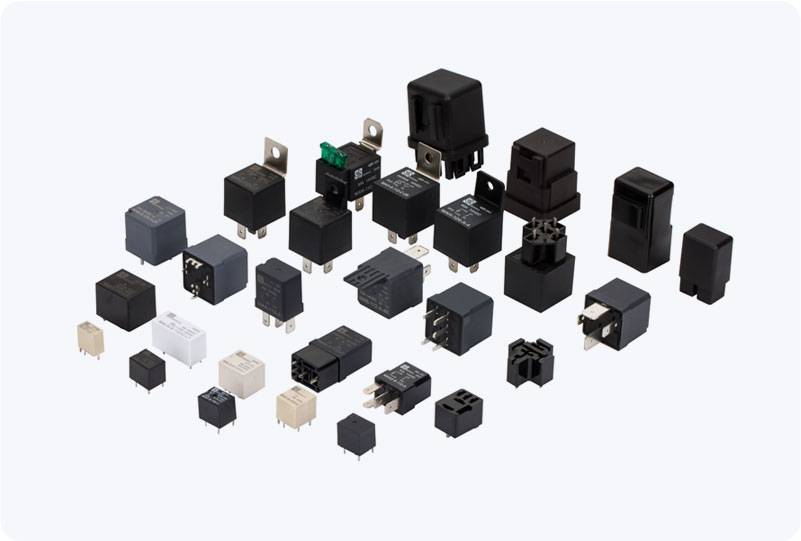A Motor Overload Relay is an essential protective device used in electrical circuits to prevent motors from being damaged due to overcurrent or overheating. When motors are exposed to excessive loads or running conditions that surpass their designed limits, they can overheat, burn out, or suffer from permanent damage. The overload relay acts as a safeguard, ensuring that the motor operates within its safe parameters and shuts down before any harm is done. This article explores the importance, function, types, and applications of motor overload relays in industrial settings.

What is a Motor Overload Relay? A Motor Overload Relay is a protective relay device that is commonly connected to the motor’s starter circuit. It monitors the current drawn by the motor and, when it exceeds a pre-set threshold, the relay will interrupt the circuit, effectively shutting down the motor to prevent further damage. This overload condition is typically caused by mechanical failure, blocked air ventilation, or excessive load conditions, which result in higher than normal current draw. The primary purpose of the motor overload relay is to prevent motors from running under stress conditions that can lead to overheating. By disconnecting the motor from the power supply when the overload is detected, the relay ensures that the motor does not suffer permanent damage, thus enhancing the reliability and longevity of the motor.